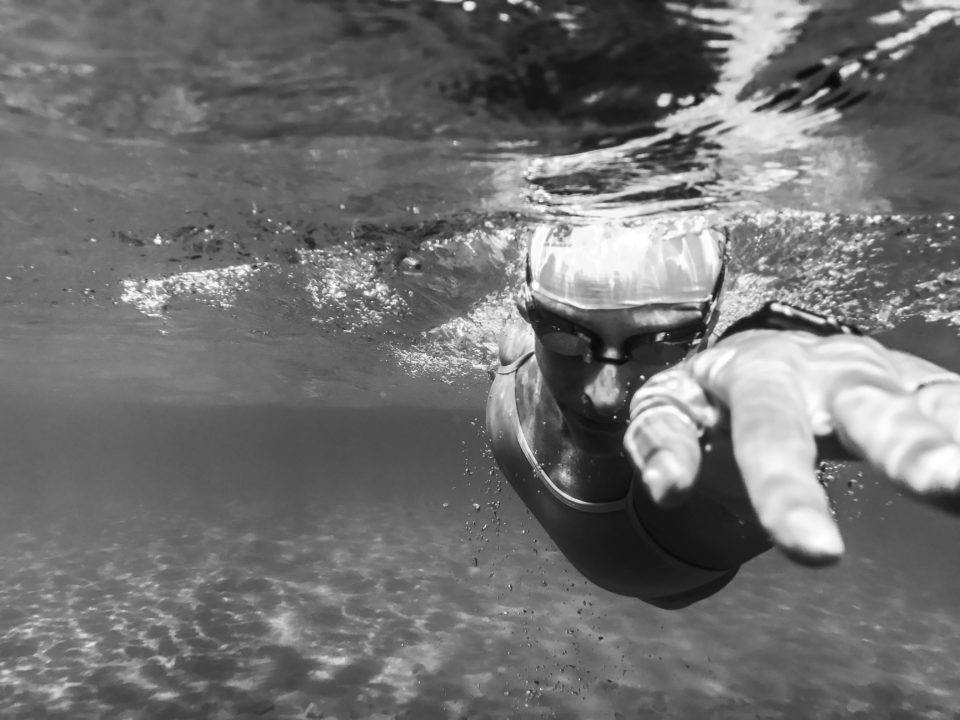As athletes, we have a million different goals and really only one way to achieve them: training. But what happens when you can’t anymore? Here are the phases of what it feels like to be a fish out of water.
1. Denial
This stage occurs when the swimmer is first injured. “No, I’m fine! Seriously, I don’t need to take any time off. It’s not even that big of a deal. I can still swim!”
2. Anger
This next stage begins a few days later, when the athlete visits the doctor and realizes the severity of the situation. “It’s so ridiculous that the doctor said I have to be out for 4 weeks. I’ll be fine after 2!”
3. Appreciation
This stage occurs after a 2-3 days after they are told they have to take off. “You know what? It’s actually nice to have a break. Maybe having a few days off won’t be so bad.”
4. Boredom
The next part of the swimmer’s time out of the pool is boredom. This is when it truly hits them that they’re injured, usually after about 1 week. “What would I do if I wasn’t a swimmer? What do normal people do with all of this spare time? When am I getting back in the pool?”
5. Panic
This is when it hits the swimmer that they’re missing a lot of training. It often occurs simultaneously with stage 5 or a few days later. “A day out of the pool is like a year in the swimming world. It’s going to take so long to get back in shape. What if I don’t hit my times this year because of all this time off? I’ve been working so hard.”
6. Hard work
This is the last phase of being an injured swimmer. It begins when the swimmer is finally cleared to return to the pool. It can be extremely difficult to catch back up with the team and make up for lost time, especially in swimming, a sport where every minute counts. However, with enough determination, the athlete can get themselves back on track in just a few weeks.

What if your athletes coach doesn’t agree when your athlete is finally cleared by the doctor
I tore my ACL about 6 months ago. I had surgery about 4 months ago. I just stared swimming again and it is hard getting back into mental and physical shape. I agree with the “hard work” phase and this has been making training incredibly tough. These steps are basically describing myself right now, so thank you for the reliable article!!
Panic comes before boredom.
The very real problem with this approach is that the “hard work” phase (# 6) will likely take the athlete back to being injured. Discovering, understanding and correcting the issues that caused the injury is the only way to go back to training with the confidence that the swimmer will not be re-injured.